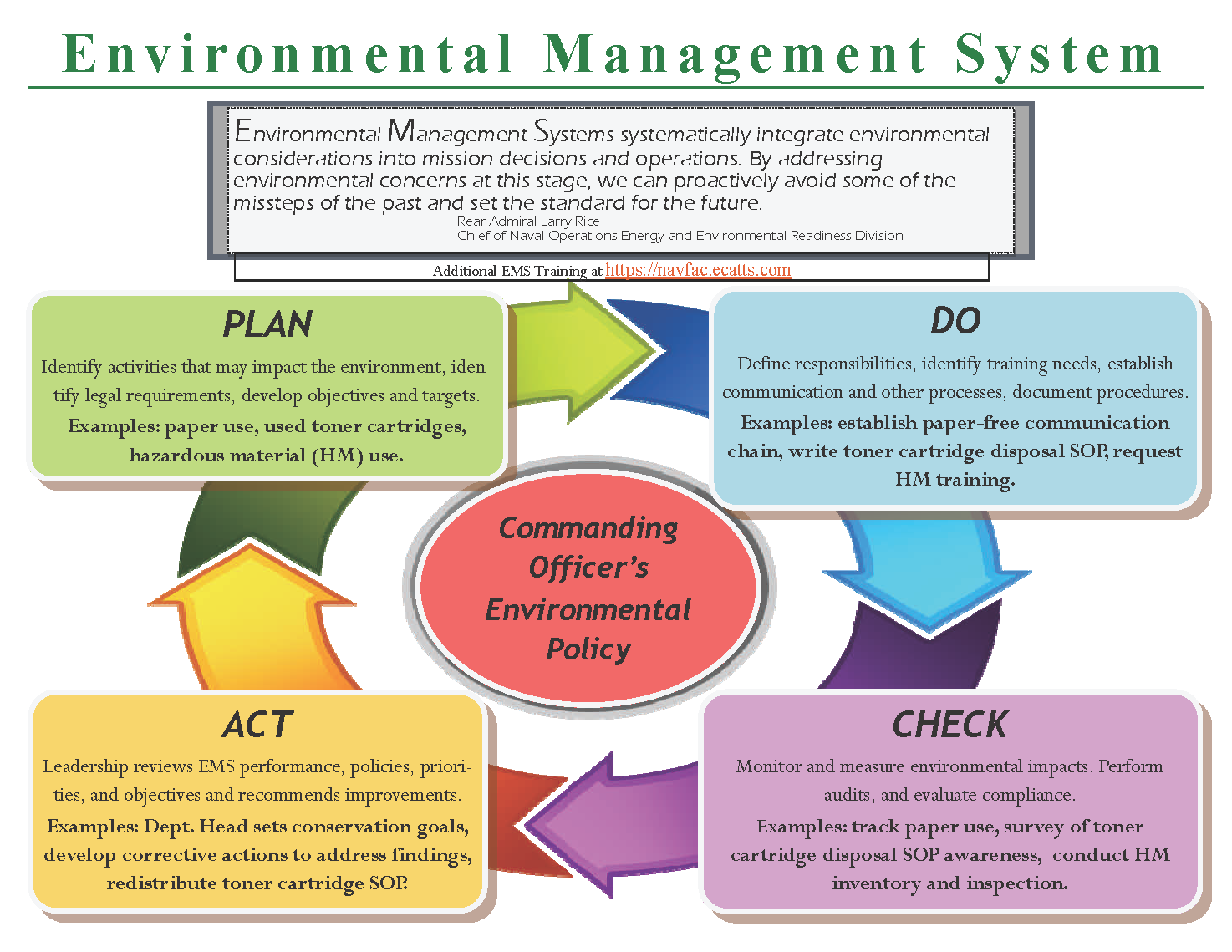Environmental - Safety
Environmental
Batteries
Excerpts from NSAM Hazardous Waste Management Plan, Sept 2013
Section 10.
Universal Waste. Universal waste is a classification of HW that has been granted less stringent waste management and storage requirements than other types of HW in order to promote more effective recycling, treatment and disposal. A universal waste label or marking is required in lieu of the usual HW label. Allowable accumulation time for universal waste is one year. All universal wastes must be turned in to the HWPM using procedures in Appendix C. (Hazardous Waste Turn-in Form)
California recognizes several classification of universal waste.
a. Batteries. Dry cell batteries, regardless of size, are considered Universal Waste. Universal Waste batteries include: lithium, mercury, nickel-cadmium (Ni-Cad), nickel-metal hydride (NiNH), lead/acid gel cell, and alkaline (regular and rechargeable). Batteries of any type can be dangerous, especially if swollen, broken, leaking, or improperly vented. Certain battery types are incompatible and must be stored separately. Lead-acid automotive batteries are not considered Universal Waste and are managed as HW. Specific instructions for battery accumulation at FLC are covered in Appendix J.
DoD Instructions and Manuals:
- DoD 4140.27-M, Shelf Life Management
- DoD 4160.21-M Chapter 10, Environmentally Regulated and Hazardous Property
- DoD 4715.4-I, Pollution Prevention
- DoD 4715.6-I, Environmental Compliance
- DoD 6050.05-I, Hazardous Communication (HAZCOM) Program
- SECNAVINST 5090.8A, Policy for Environmental Protection, Natural Resources, and Cultural Resources Programs
- SECNAVINST 5090.6A, Environmental Planning for Department of the Navy Actions
Navy Instructions:
- OPNAVINST 5100.23G Chapter 7, HMC&M
- OPNAVINST 5090.1D, Environmental Readiness Program
- NAVSUP PUB 573, Storage and Handling of Hazardous Materials
Local Instructions:
Other Media
-
Programs
- Laser Safety Program
- Acquisitions Safety
- AED
- Asbestos
- Emergency Management
- Environmental
- Ergonomics
- Fall Protection
- Hearing Conservation
- Industrial Hygiene
- Lead (Pb)
- Lithium Batteries
- Medical Surveillance
- Motorcycle Safety
- Occupational Health
- Operational Risk Management (ORM)
- Recreational Off Duty Safety (RODS)
- Reproductive Hazards
- Respiratory Protection
- Weight Handling
- Lab Safety


